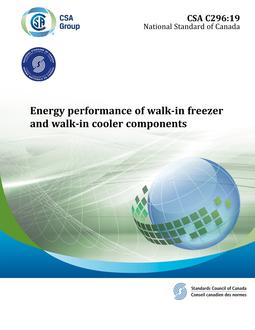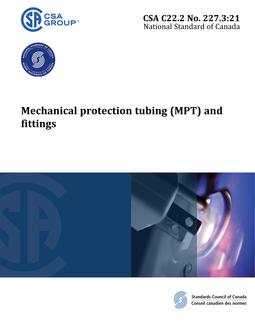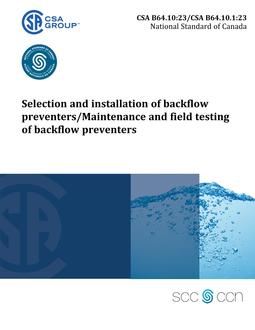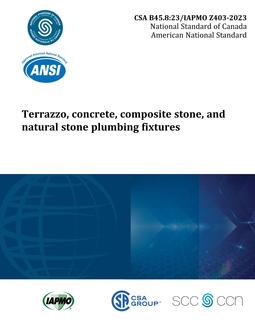
Click here to purchase
Preface:
This is the first edition of CSA C296, Energy performance of walk-in freezer and walk-in cooler components.
This Standard specifies the methods used to measure the energy consumption of walk-in freezers and walk-in coolers components.
This Standard has harmonized with testing and evaluating the energy efficiency of walk-in freezers and walk-in coolers specified in the United States Department of Energy (DOE) publication Title 10 Code of Federal Regulations (CFR), Part 431, subpart R – Walk-in Coolers and Walk-in Freezers, as published as of December 28, 2016, per the Canada-U.S. Regulatory Cooperation Council (RCC) initiative.
CSA Group acknowledges that the development of this Standard was made possible, in part, by the financial support of Natural Resources Canada (NRCan), BC Hydro, Manitoba Hydro, Hydro Québec, Nova Scotia Department of Energy, EfficiencyOne, and Sask Power.
This Standard has been developed in compliance with Standards Council of Canada requirements for National Standards of Canada. It has been published as a National Standard of Canada by CSA Group.
Scope:
1.1
This Standard applies to walk-in coolers and walk-in freezers (i.e., an enclosed refrigerated storage space that can be walked into) having a total chilled storage area of less than 278.71 m² (3000 ft²).
1.2
This Standard does not apply to commercial refrigeration appliances covered under CAN/CSA-C657.
1.3
Energy performance evaluation of a walk-in cooler and walk-in freezer is done by evaluating energy performance of the principal components individually that make up a walk-in. This Standard applies to the following walk-in cooler and walk-in freezer components:
a) display doors;
b) non-display doors;
c) non-display panels; and
d) refrigeration systems.
1.4
In this Standard, “shall” is used to express a requirement, i.e., a provision that the user is obliged to satisfy in order to comply with the standard; “should” is used to express a recommendation or that which is advised but not required; and “may” is used to express an option or that which is permissible within the limits of the Standard. Notes accompanying clauses do not include requirements or alternative requirements; the purpose of a note accompanying a clause is to separate from the text explanatory or informative material. Notes to tables and figures are considered part of the table or figure and may be written as requirements. Annexes are designated normative (mandatory) or informative (non-mandatory) to define their application.
1.5
The values given in SI (metric) units are the standard. The values given in parentheses are for information only.
Product Details
- Edition:
- 1st
- Published:
- 02/01/2019
- ISBN(s):
- 9781488317170
- Number of Pages:
- 44
- File Size:
- 1 file , 1.7 MB
- Product Code(s):
- 2426554, 2427074, 2426554


